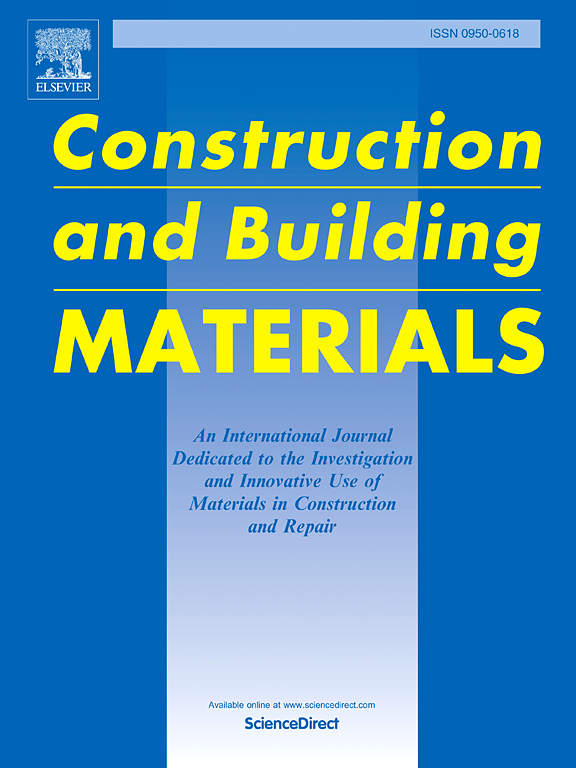Investigation on physical, rheological properties and VOCs emission of asphalt modified with hydrocarbon-based graphene
IF 7.4
1区 工程技术
Q1 CONSTRUCTION & BUILDING TECHNOLOGY
引用次数: 0
Abstract
Hydrocarbon-based graphene (HG), derived from petrochemical by-products, can be economically produced in large-scale quantities needed for asphalt pavement application requirements. With the intention of exploring the application feasibility of HG in asphalt materials, the properties of HG were elucidated firstly. Basic properties and storage stability of hydrocarbon-based graphene modified asphalt (HGMA) were evaluated while its rheological behaviors and functional group were characterized. In addition, the concentrations of volatile organic compounds (VOCs) in HGMA containing different dosages of HG were assessed. The experimental results indicate that HG possesses a lamellar and pore structure, which is conducive to fusion with asphalt molecules and adsorption capacity. HGMA is harder and expresses weaker sensitivity to temperature than petroleum asphalt. The dispersion of HG in asphalt is uniform when the dosage does not exceed 1.5 % by mass of petroleum asphalt. Incorporation of HG improves the elastic recovery and anti-rutting abilities of asphalt while fatigue resistance is weakened and embrittlement is prone to occurrence. Modification of HG on asphalt belongs to a physical process. The inhibition effect of HG on VOCs emission of asphalt is positively correlates with its dosage, and the maximum concentration and stable concentration of VOCs are reduced by 58 % and 60 % respectively when the dosage of HG reaches 1.5 %. The experimental results provide a foundation for future application and development of HG in asphalt materials.
求助全文
约1分钟内获得全文
求助全文
来源期刊

Construction and Building Materials
工程技术-材料科学:综合
CiteScore
13.80
自引率
21.60%
发文量
3632
审稿时长
82 days
期刊介绍:
Construction and Building Materials offers an international platform for sharing innovative and original research and development in the realm of construction and building materials, along with their practical applications in new projects and repair practices. The journal publishes a diverse array of pioneering research and application papers, detailing laboratory investigations and, to a limited extent, numerical analyses or reports on full-scale projects. Multi-part papers are discouraged.
Additionally, Construction and Building Materials features comprehensive case studies and insightful review articles that contribute to new insights in the field. Our focus is on papers related to construction materials, excluding those on structural engineering, geotechnics, and unbound highway layers. Covered materials and technologies encompass cement, concrete reinforcement, bricks and mortars, additives, corrosion technology, ceramics, timber, steel, polymers, glass fibers, recycled materials, bamboo, rammed earth, non-conventional building materials, bituminous materials, and applications in railway materials.
 求助内容:
求助内容: 应助结果提醒方式:
应助结果提醒方式:


